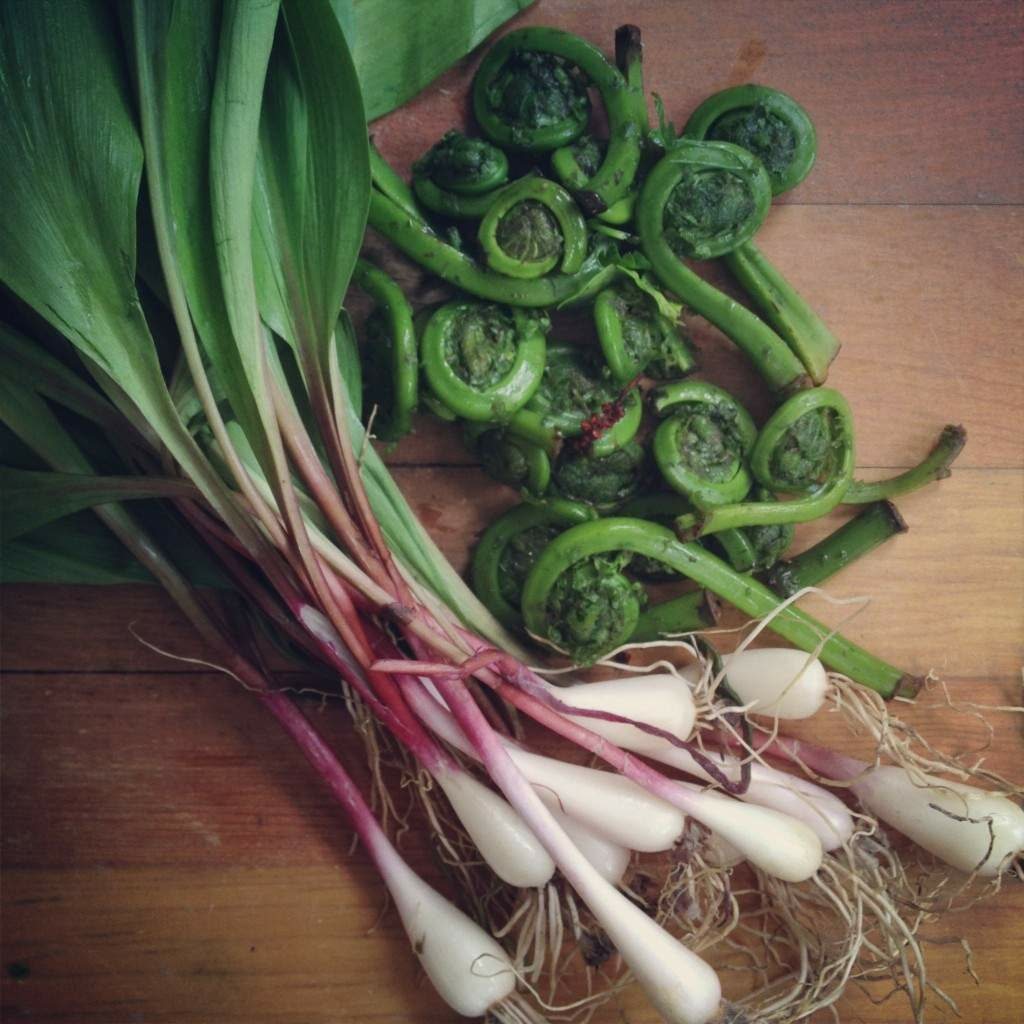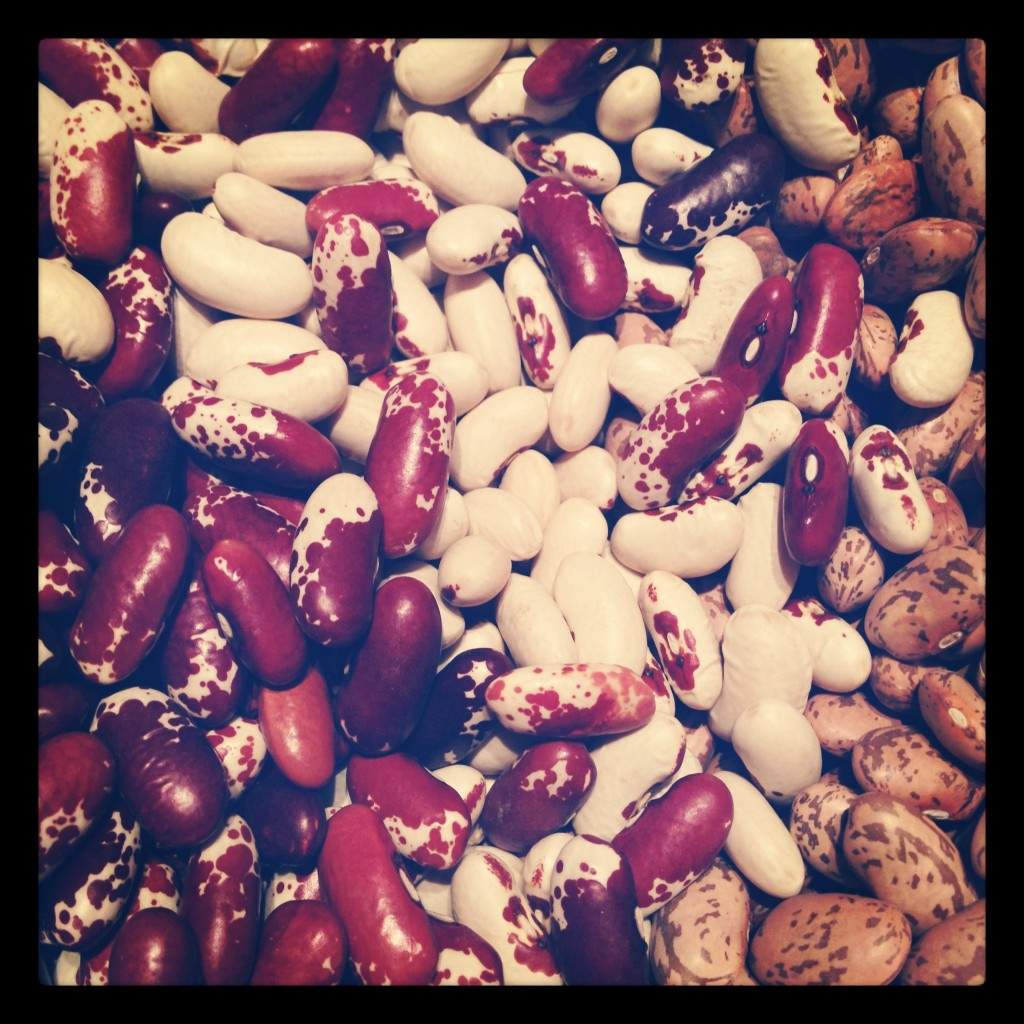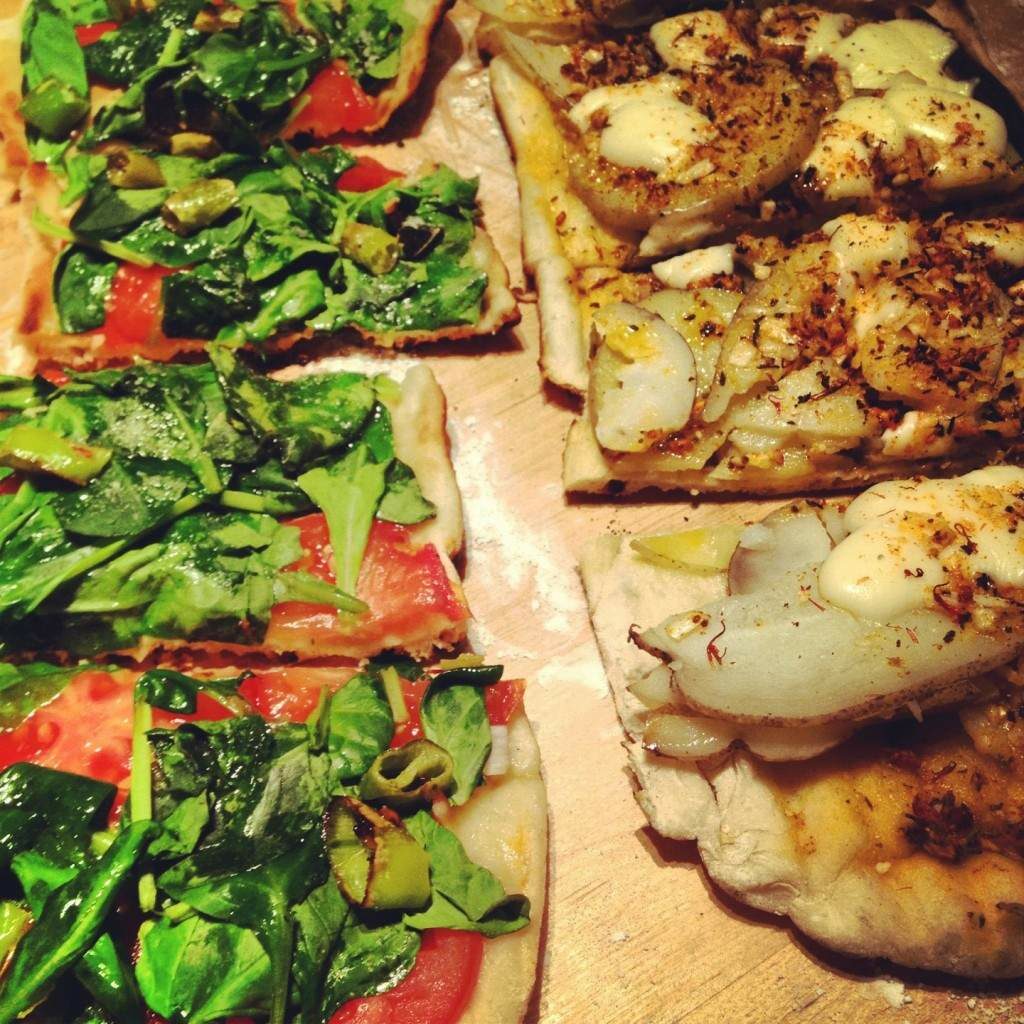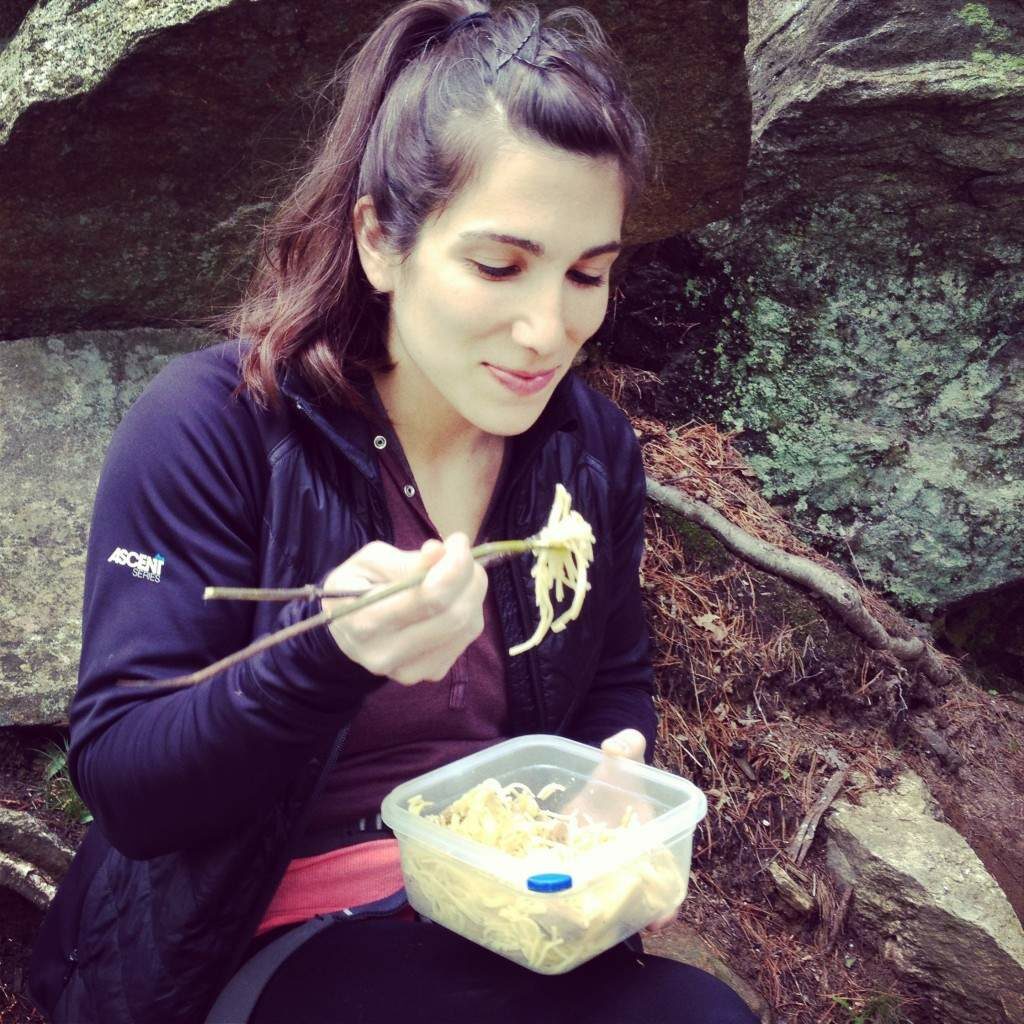Nutrition For Climbers: Basics Of Food: Here at Crux Crush, we just love food. A big part of our weekly Ladies Night is that we cook for one another and enjoy a meal together after a night of climbing hard. But, with all the information that is available out there about what to eat, it can get really confusing (to eat gluten or not to eat gluten, etc, etc). On top of that, training for a sport adds another layer of complexity.
Today we have a guest post from Chef, Nutritionist, and climber Lisa who is going to help clear some things up for us about food. This is the beginning of a multi-part series on nutrition for climbers. Also, check out this interview with pro route setter Molly Beard.

Climbing is a demanding sport on our bodies and on our minds. We want to be as light as a feather, climb all the rock in a single attempt with superhuman strength, see beta without tape, and not freak out when the brain spiders set in. We require strength, endurance, power, sustained energy, flexibility, and some level of insanity. So, how does nutrition factor into all of this? Today let’s start with a glossary of terms, so we’re all on the same page:

Nutrition
The science of how living organisms obtain and use food to support all the processes required for their existence.
Nutrients
Carbohydrates, proteins, fats, vitamins, minerals, and water. Our bodies require these six nutrients to function. Food has nutrients, so we invite them to the party and we eat them! YA!
Calories
Technically, there are three energy-yielding nutrients. Energy, fuel, gas, the food world calls it: a calorie! Carbohydrates, proteins, and fats all supply us with calories (or in other words, energy). *NOTE* There is another supply of energy out there, but it is not a nutrient! It may or may not be consumed frequently by climbers after a flippin’ sweet day of sends, attempts, and near-death misses. That energy supply is…alcohol!! But, unfortunately, this type of energy doesn’t come with much else, which is why it’s sometimes referred to as “empty calories”.
Great! So why read on? Next, you can learn what nutrients do, where to find them, and how they work together.

Carbohydrates
Carbs are produced and stored in plants in the form of sugar, starch, and fiber. There are simple carbohydrates and complex carbohydrates. Simply give you that jump-start power, taking a magic carpet ride into our cells via insulin, and are used immediately. The complex enjoys a languid approach, they are slowly broken down, converted into simple sugars, and take the insulin train into our cells over time.
Complex carbs are the ones that will help you to sustain energy levels to send all day long. Some examples of simple carbohydrates are fruits, fruit juices, sugar-based snacks and drinks, white bread, white pasta, and baked goods. Complex carbohydrates can be found in foods such as whole grains (brown rice, whole-grain bread, barley), lentils, peas, beans, fruits, and vegetables.
Proteins
are found in plants (“wait, plants have protein!?” I know, right…isn’t that great?!), whole grains, animal products, nuts, beans, and legumes. They are made from subunits called “amino acids”. Our bodies can do so many things with amino acids (like climbers can do with a 4-footer). Our bodies use proteins as a source of energy and individual amino acids contribute to most the important moment in a carbohydrate’s life, which is when it becomes energy! See!! Protein is not just for building muscles anymore!
Amino acids are also used to keep our immune system in check and to maintain, build and strengthen our amazing body parts! In case you just can’t get enough, here are some cool facts about amino acids: amino acids can make other amino acids if needed, amino acids can be recycled from “retired” proteins to make new aaaaannd, get this, it’s so cool: half of the amino acids you use each day come from recycled proteins that you ate the day before!
Fats
Fats (“lipids” or “fatty acids”) can be found in nuts, seeds, olives, and animal products. Fats are a major source of energy and they play many roles in our bodies. In fact, 60% of our brain is made up of fat! There are only two essential fatty acids that we need to eat, and our bodies actually make the other ones. One is Omega 3, which helps us remember beta, dial in a new technique, and gets to work on the inflammation in our joints. The other is Omega 6, which helps us see hidden holds and aids our nerves from not being entirely shot at the end of a long day.
Fats are a-plenty, saturated, unsaturated, monounsaturated, polyunsaturated, there are too many, in fact, but they play a crucial role in our bodies. We’ll delve further into this subject in a future post.
Now, we’ve invited the food to the party, here is where we learn a little about how they play nice together:

Vitamins
Vitamins are sensitive molecules that are needed in small amounts and are found in plants (especially the colorful stuff), whole grains, and some animal products. They help the major players (remember our friend’s carbs, proteins, and fats) do their jobs. Ever hear of that big event called the Kreb’s cycle?! Well, it’s a thing that happens every day, all day in all of the cells. B Vitamins work together with carbohydrates to create energy. Vitamin C works with protein to make Collagen (the glue that holds the body together).
How do they do this, you ask? Well, some vitamins can only be transported into our cells by way of water, and some via fats. So for one example, if you’re wondering why you may not be dialing in your beta or that new movie? Try getting some B Vitamins from food into your life daily, as they are key physical components of our neural network.
Minerals
Minerals need to be eaten because our bodies can’t make them. Cool fact: they cannot be created or destroyed; even if you completely burn food, the mineral will remain as ash. Check out your trail mix. Do you have a wide variety of nuts and seeds in there (and no, M&M’s do not count as a nut)? If so, well done! You have just successfully scored high on the mineral intake without even trying! Plants, whole grains, and some animal products have them as well.
Minerals work together with carbohydrates to create energy, help supply muscles with oxygen (to defeat that dreaded “pumped” feeling) and help to patch up our flappers!
Water
It has so many uses: to swim in, to bathe in, to toss on a friend, to climb when frozen, to avoid when found on a climb, but more importantly, water is the essence of life. Where is it found in the food world? Plants! Fruits! And animal products! “Wait, what? Animal products?” Yes. Muscle has more water associated with it than fat, so therefore lean whole animal proteins have a lot of water in them! The total volume of water in the body increases as the proportion of lean tissue in the body increases.
So that means more muscular humans tend to have more water and also need more water than their less muscular counterparts. Water is not fun to carry (a pint a pound, the world around) but a necessary tool for us to maintain focus, motor control, body temperature, and to fight off fatigue. 
Mary knows she needs to get her nutrients, so she made chopsticks out of twigs.
So now that we’ve reviewed the basics, are you feeling overwhelmed by nutrition? Intrigued? Understandable. Overall, the cool thing about food, is that some bring all the nutrients: the simple and the complex carbs, quality proteins, and essential fats. They may also have some of the invaluable vitamins and minerals that are just hangin’ out in some water molecules, ready to go at a moment’s notice. All those packaged foods only have a photo of what it used to be, not what it is…. Did you ever wonder how a potato could end up looking like a chip, live forever on a shelf, taste like a french onion, and still have something of value to contribute to your send?!
Yes… NO! ‘Cause all them their vitamins and carbohydrates have been broken down, busted, stripped, dried, and fried to give you something that crunches when you put it in your mouth. Whole foods don’t demand a lot from us or really require much effort, they just want to contribute to your climb!
So consider bringing along some oranges (simple carb, workin’ hard), bananas (vitamins packed with carbohydrates), pears, apples, nuts and seeds (healthy fats for fuel), whole grain bread with PB&J, AB&J, or PB&H,(carbs, proteins and healthy fats sandwiched into one) roasted chicken, string cheese, an avocado, homemade granola bars laden with dried fruit, nuts, dark chocolate and being held together with coconut oil and love (please don’t forget to bring the love).
-Climb (and Eat) On!
Lisa
Do you have a nutrition question you want Lisa to answer? Please send us an email at [email protected] and we might use your question for our next nutrition post!
Photo Credits: All the beautiful food pics are courtesy of Abigail Neal. Liked her photos? You can follow her @abneal to see all her gorgeous food pics, meal and travel inspirations, and more on Instagram!






